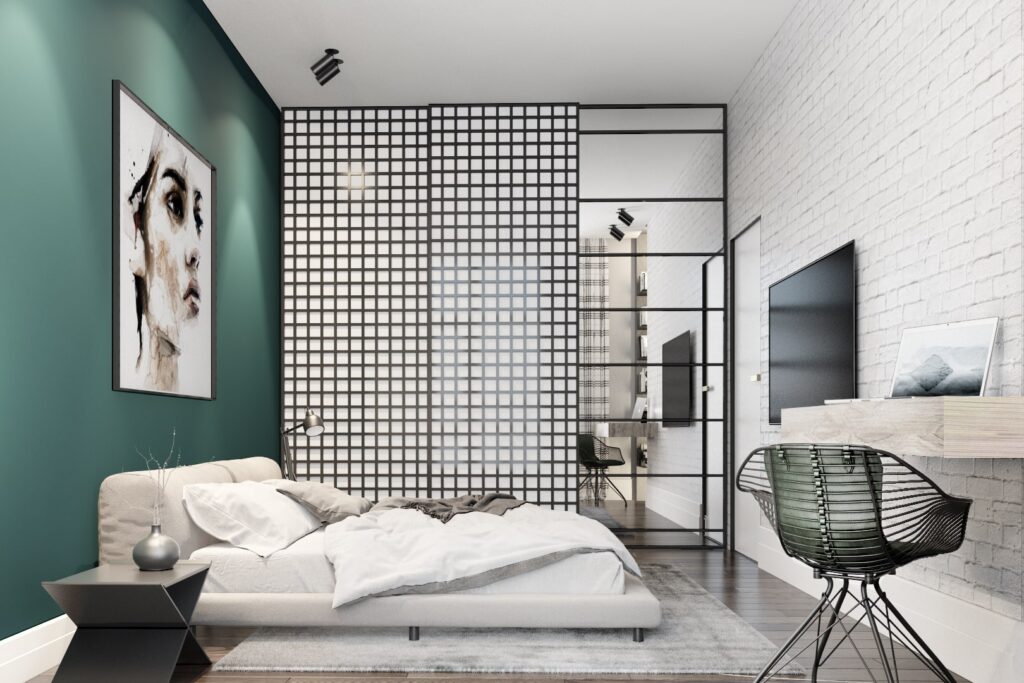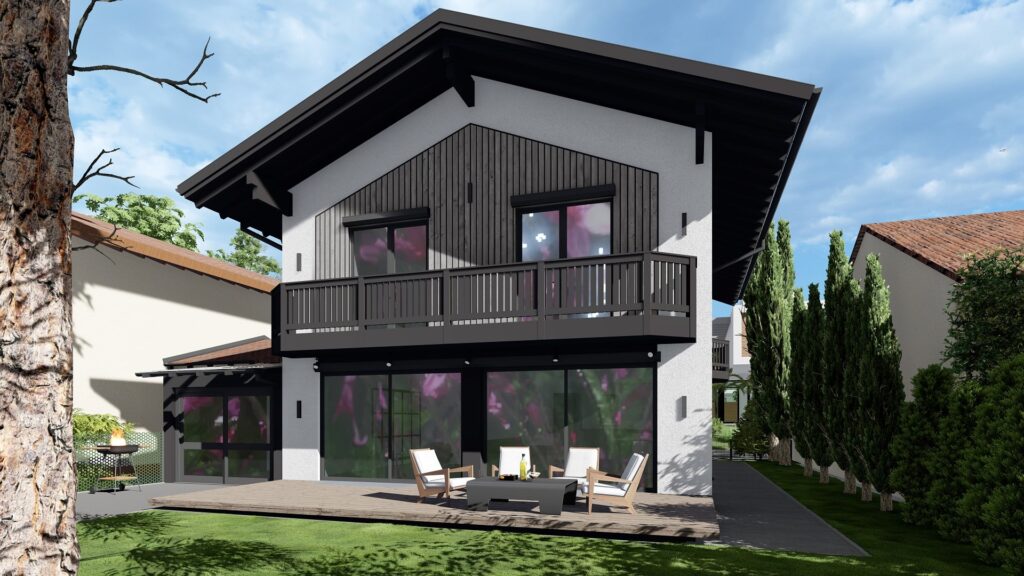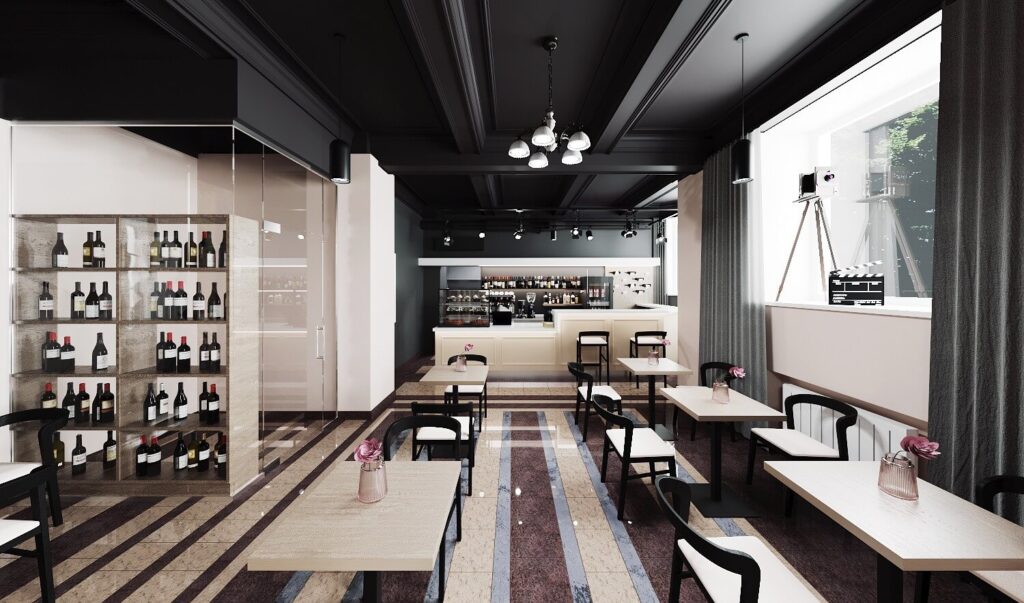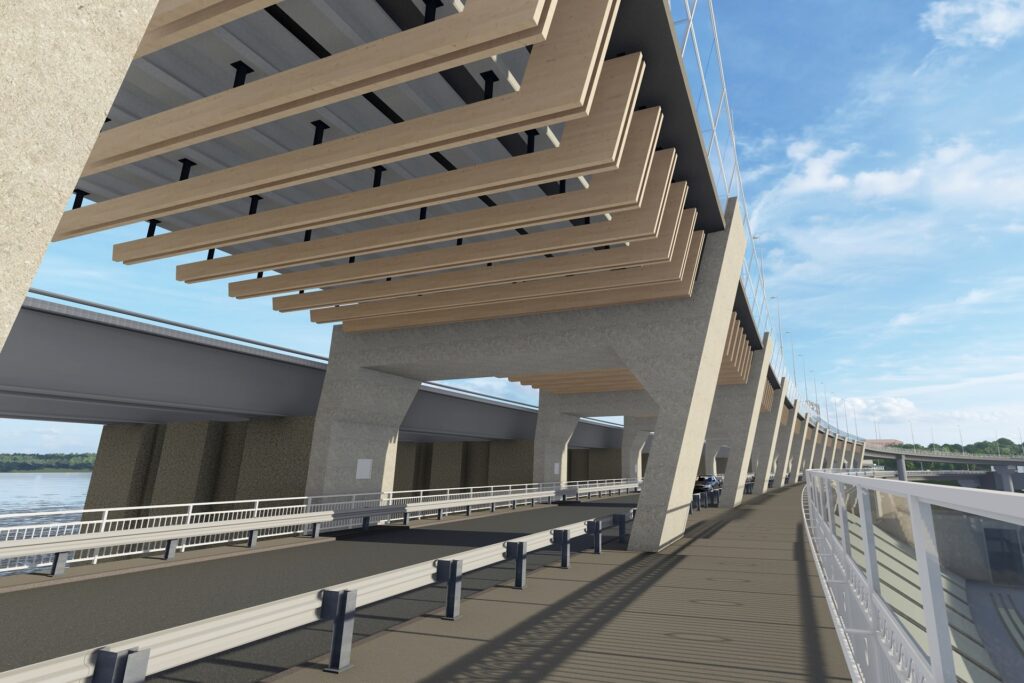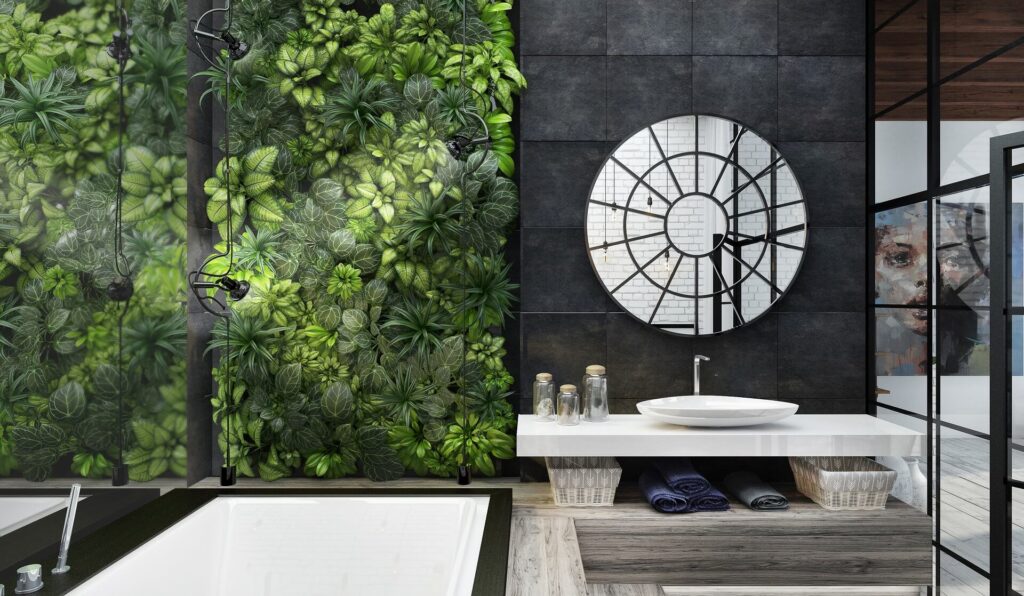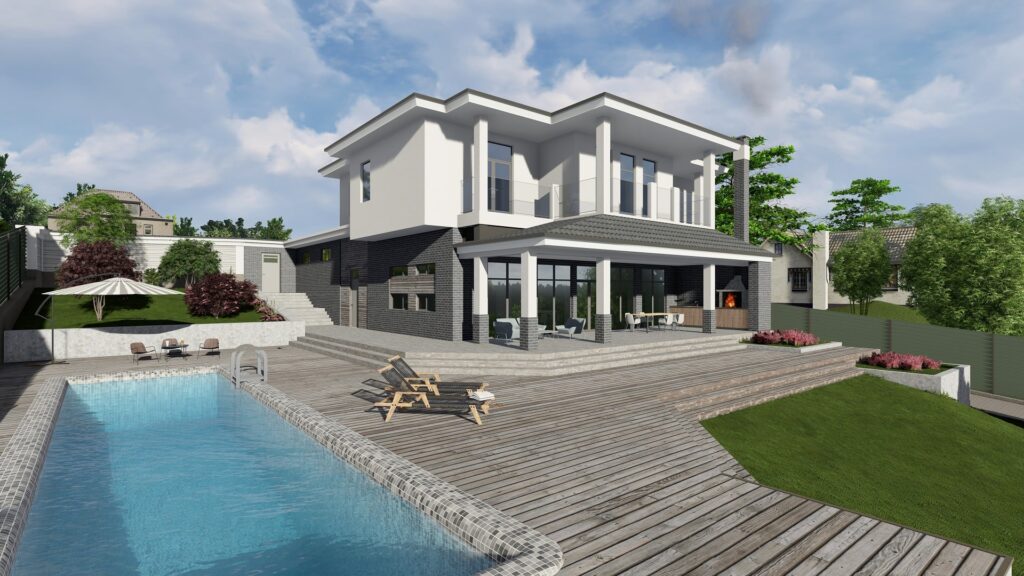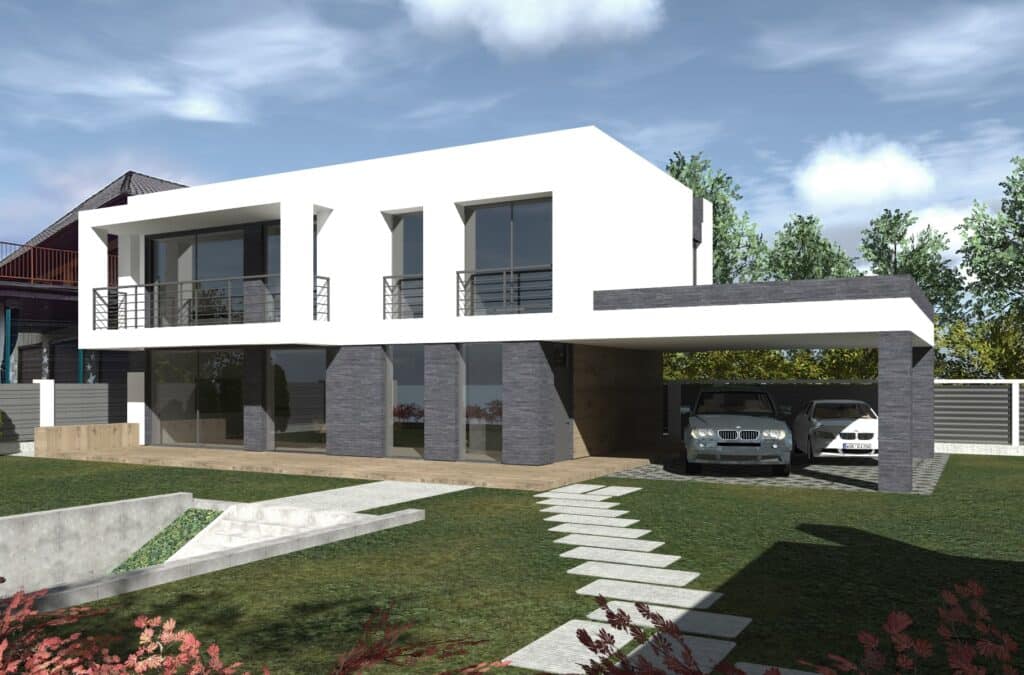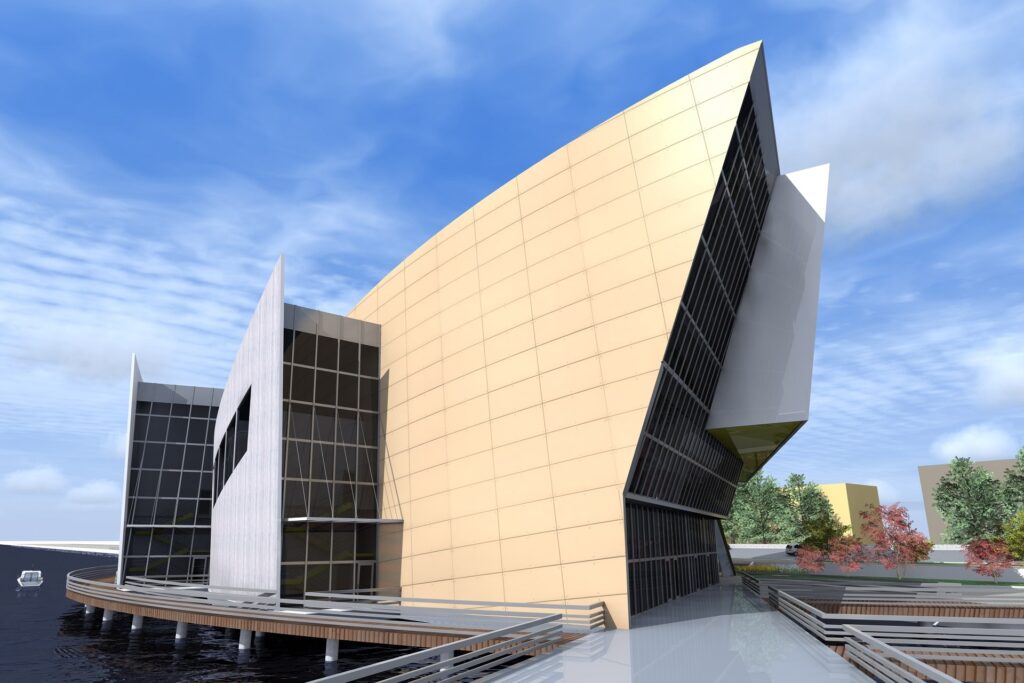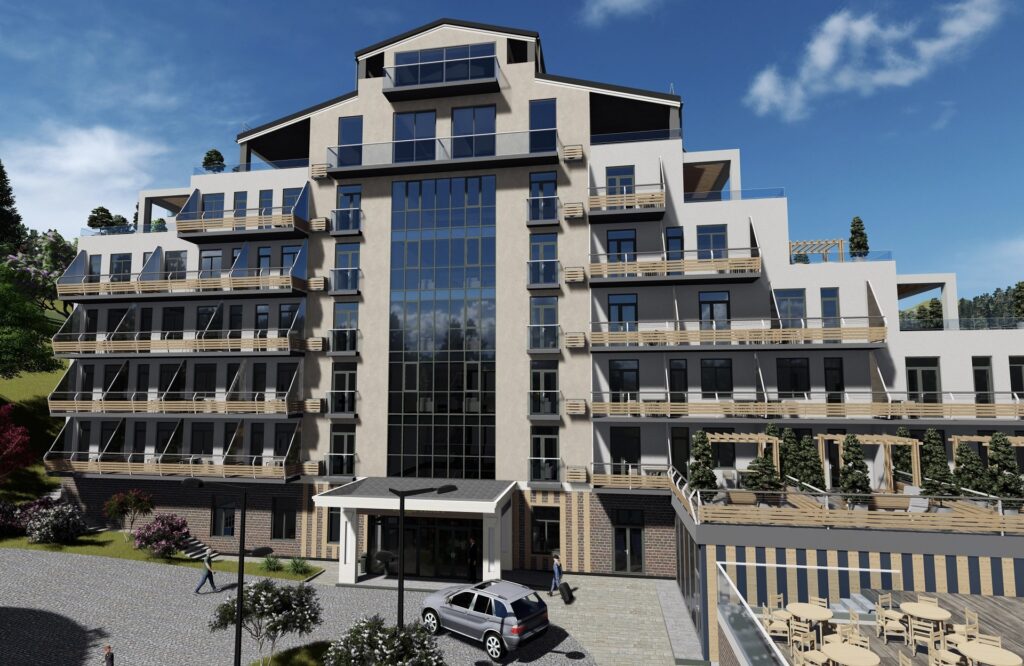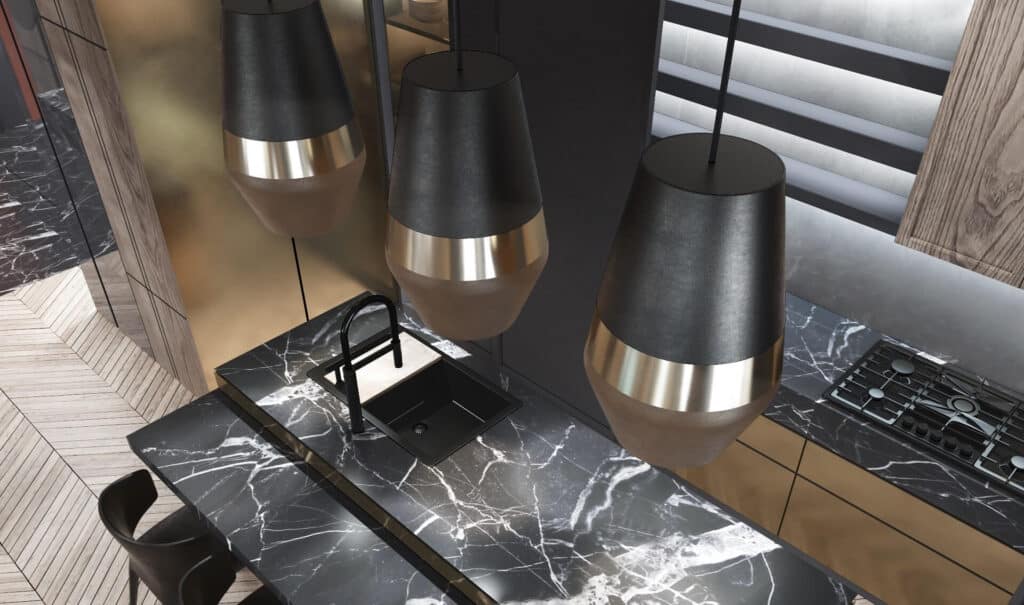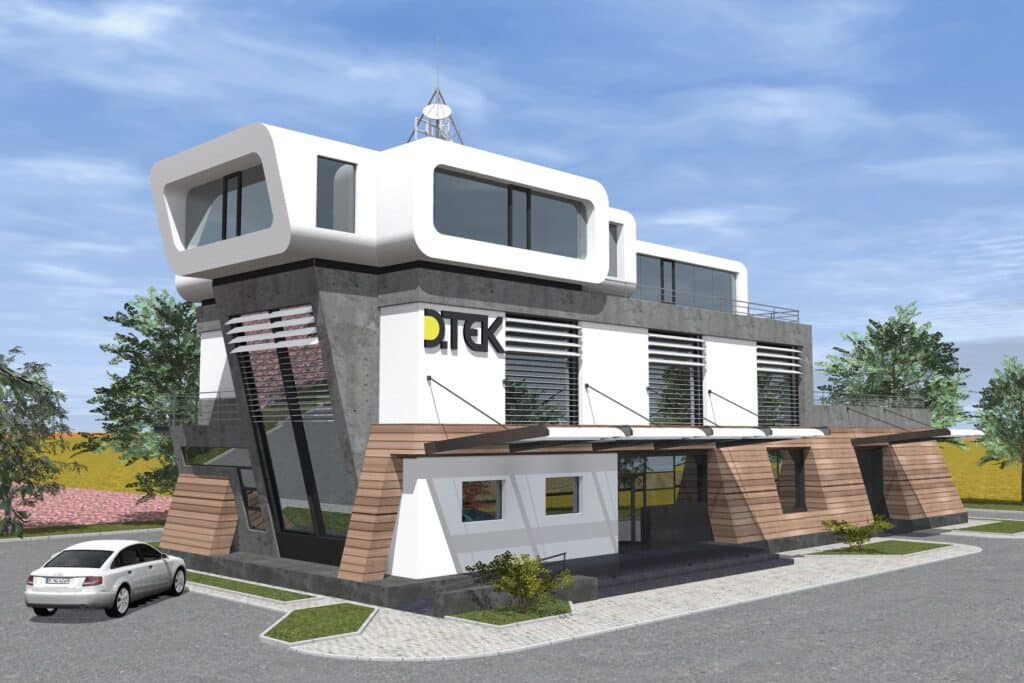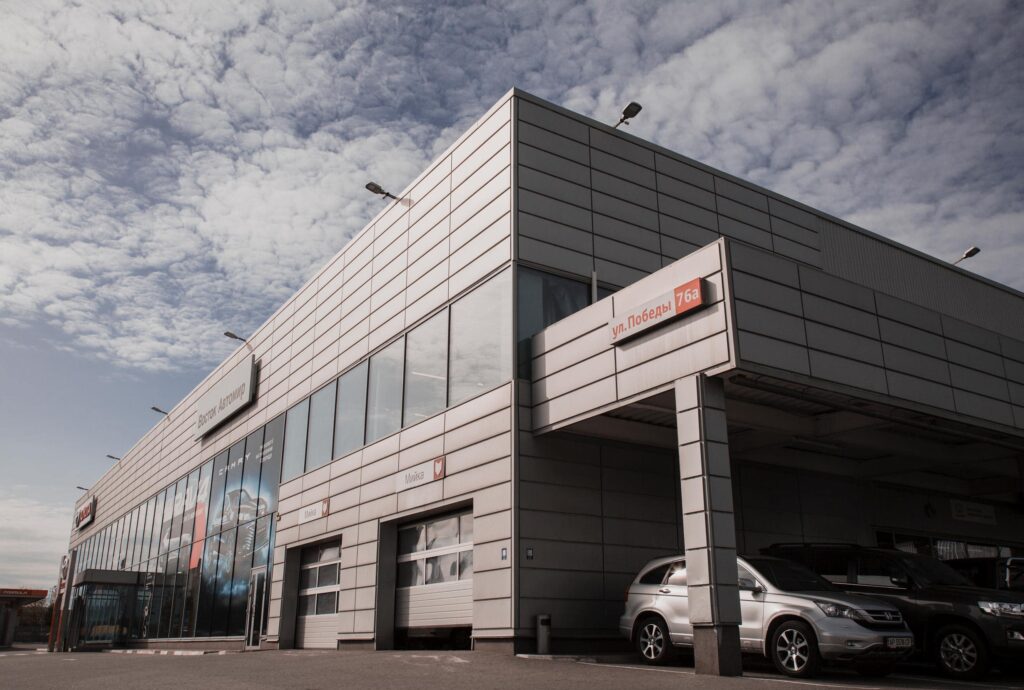Authenticity in Design: Secrets to Creating Unique Spaces
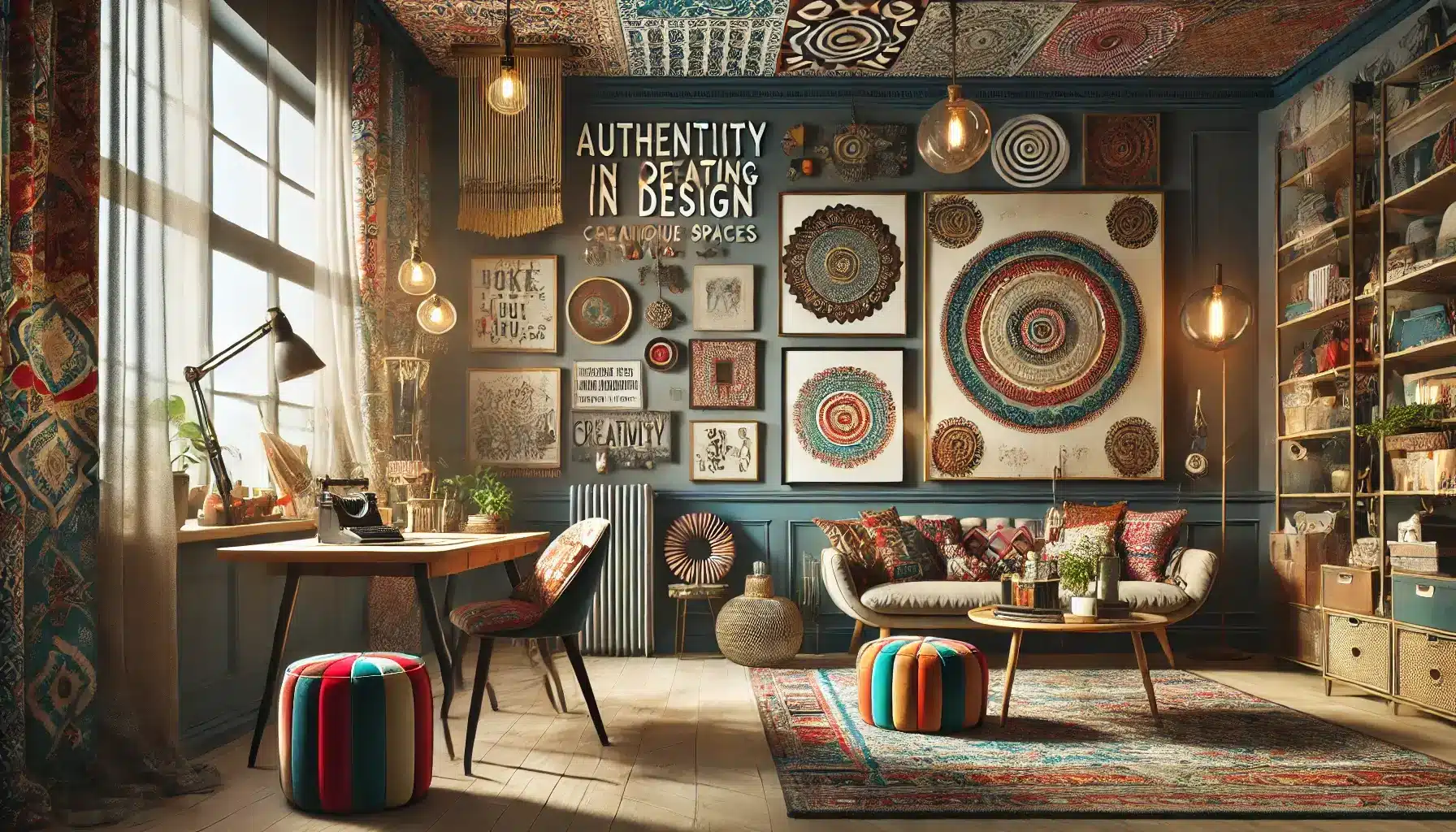
Introduction to Authentic Design
In the modern world, where design trends come and go, creating spaces that are both captivating and timeless requires a unique approach. Authenticity in design is not just about aesthetics; it’s about crafting environments that resonate with the people who inhabit them. As a designer and architect, my mission is to unveil the secrets behind crafting spaces that are truly one-of-a-kind. This involves a deep dive into the creative process, unique perspectives, and guiding principles that shape every project I undertake. 🌟
Authenticity begins with understanding the essence of a space and the needs of its users. It requires going beyond conventional methods and exploring the true purpose behind every element involved. By integrating personal narratives and cultural influences, I aim to create designs that are not only visually appealing but also deeply meaningful.
To achieve authentic design, I believe in the power of collaboration. Engaging with clients, craftsmen, and artists as partners in the creative process ensures that each project is a true reflection of its intended purpose. This synergy brings forth innovative solutions and enriches the overall design journey.
Furthermore, authenticity in design is about embracing imperfections and celebrating individuality. Each space tells a story; capturing the nuances and peculiarities that make it unique creates an unparalleled level of connection and engagement for those who experience it.
The Role of Inspiration and Research 🎨
Inspiration is the cornerstone of authentic design. To create spaces that stand out, one must first seek out diverse sources of inspiration. Whether it’s through travel, art, nature, or history, drawing from a broad spectrum of influences adds depth and richness to the design process.
Research plays a pivotal role in transforming inspiration into reality. Understanding the cultural, historical, and environmental context of a project lays the foundation for a design that respects and enhances its surroundings. This involves delving into architectural heritage, studying local materials, and staying informed about technological advancements that can be integrated into the design.
Balancing inspiration with research allows for informed creativity. By grounding imaginative ideas in real-world knowledge, the resulting designs are both innovative and practical. This approach ensures that spaces are not only unique but also functional and sustainable.
Moreover, ongoing research and inspiration fuel continuous growth and adaptation as a designer. By staying curious and open-minded, I expand my creative horizons and keep my work fresh and relevant in an ever-evolving design landscape.
Crafting Personal Narratives Through Design ✍️
At the heart of authenticity lies the ability to craft personal narratives through design. Every project is an opportunity to tell a story, capturing the essence of the individuals or communities it serves. This involves deep engagement with clients to understand their histories, values, and aspirations.
Listening is a critical skill in this process. By actively listening to clients, I can translate their stories into physical spaces that reflect their identities and lifestyles. This requires sensitivity and empathy, as well as a keen eye for detail to incorporate personal elements seamlessly into the design.
To further enrich personal narratives, I often explore symbolic and cultural motifs that resonate with the client’s background. Integrating these elements creates a sense of belonging and connection, transforming a space into a meaningful extension of its occupants.
Ultimately, crafting personal narratives is about transforming abstract ideas into tangible experiences. A successful design not only meets functional needs but also evokes emotions and memories, leaving a lasting impact on those who interact with the space.
Embracing Sustainable Design Principles 🌍
As we advance in the 21st century, sustainability has become an essential aspect of authentic design. Creating spaces that are environmentally responsible and resource-efficient is crucial for both ethical and practical reasons. By embracing sustainable design principles, I ensure that my projects contribute positively to the world.
Sustainability starts with thoughtful material selection. Prioritizing locally sourced, renewable, and eco-friendly materials reduces a project’s carbon footprint and supports local economies. Innovative technologies, such as solar panels and rainwater harvesting systems, are also integrated to enhance energy efficiency and resource conservation.
In addition to material considerations, sustainable design involves optimizing the spatial layout to maximize natural light and ventilation. This not only reduces energy consumption but also creates healthier, more comfortable environments for occupants.
Finally, sustainable design is an iterative process that involves ongoing evaluation and refinement. By closely monitoring the performance of completed projects, I can gather valuable insights to inform future work and continually improve my approach to sustainable design.
The Importance of Craftsmanship and Detail 🛠️
Craftsmanship and attention to detail are integral to authenticity in design. These elements bring a level of refinement and quality that sets a space apart. Collaborating with skilled artisans and craftsmen is essential in achieving this level of excellence.
Incorporating craftsmanship involves more than just selecting high-quality materials. It requires a deep understanding of traditional techniques and a commitment to preserving the artistry of the past while embracing modern innovations. This fusion of old and new creates spaces that are timeless and enduring.
Attention to detail extends beyond aesthetics to encompass functionality. Every element, from the placement of a light fixture to the texture of a wall finish, is carefully considered to enhance the overall user experience. This meticulous approach ensures that each project is not only beautiful but also practical and user-friendly.
Craftsmanship and detail are about creating spaces that withstand the test of time. By prioritizing quality and precision, I strive to deliver designs that are cherished for generations, embodying the true spirit of authenticity.
Integrating Technology in an Authentic Manner 💡
Incorporating technology into design is a delicate balance between innovation and authenticity. While technology offers countless possibilities for enhancing functionality and convenience, it is essential to integrate it in a way that complements the design rather than detracts from it.
The key to successful integration lies in seamlessness. Technology should be discreetly embedded within the design, enhancing the aesthetic without dominating it. This involves careful planning and collaboration with experts to ensure that technological solutions align with the overall vision and purpose of the space.
Moreover, technology should be used to enrich the user experience. Smart home systems, interactive displays, and adaptive lighting are examples of how technology can be harnessed to create more engaging and responsive environments. These elements add a layer of dynamism to the design, making spaces more adaptable and personalized.
Ultimately, technology should serve the design, not dictate it. By maintaining a clear focus on the project’s authentic vision, I aim to use technology as a tool to enhance, rather than overshadow, the inherent beauty and purpose of the space.
The Journey from Concept to Completion 🏆
The journey from concept to completion is a transformative process that defines the essence of authentic design. It involves navigating challenges, exploring possibilities, and ultimately bringing a vision to life. This journey is as much about creativity as it is about problem-solving and perseverance.
The initial concept phase is where ideas take shape. Through sketches, mood boards, and 3D renderings, I explore different possibilities and refine the design based on feedback and research. This collaborative phase sets the foundation for the entire project and ensures alignment with the client’s vision.
As the project progresses, meticulous planning and execution are paramount. Coordinating with contractors, craftsmen, and other stakeholders is essential to maintain quality and coherence. This phase requires adaptability and resourcefulness to address unforeseen challenges and ensure that the project stays on track.
Finally, completion marks the culmination of the design journey. It is a moment of celebration, reflecting on the creative process and the dedication of everyone involved. For me, it is a reminder of the transformative power of design and a testament to the authenticity that underpins every project I undertake.

